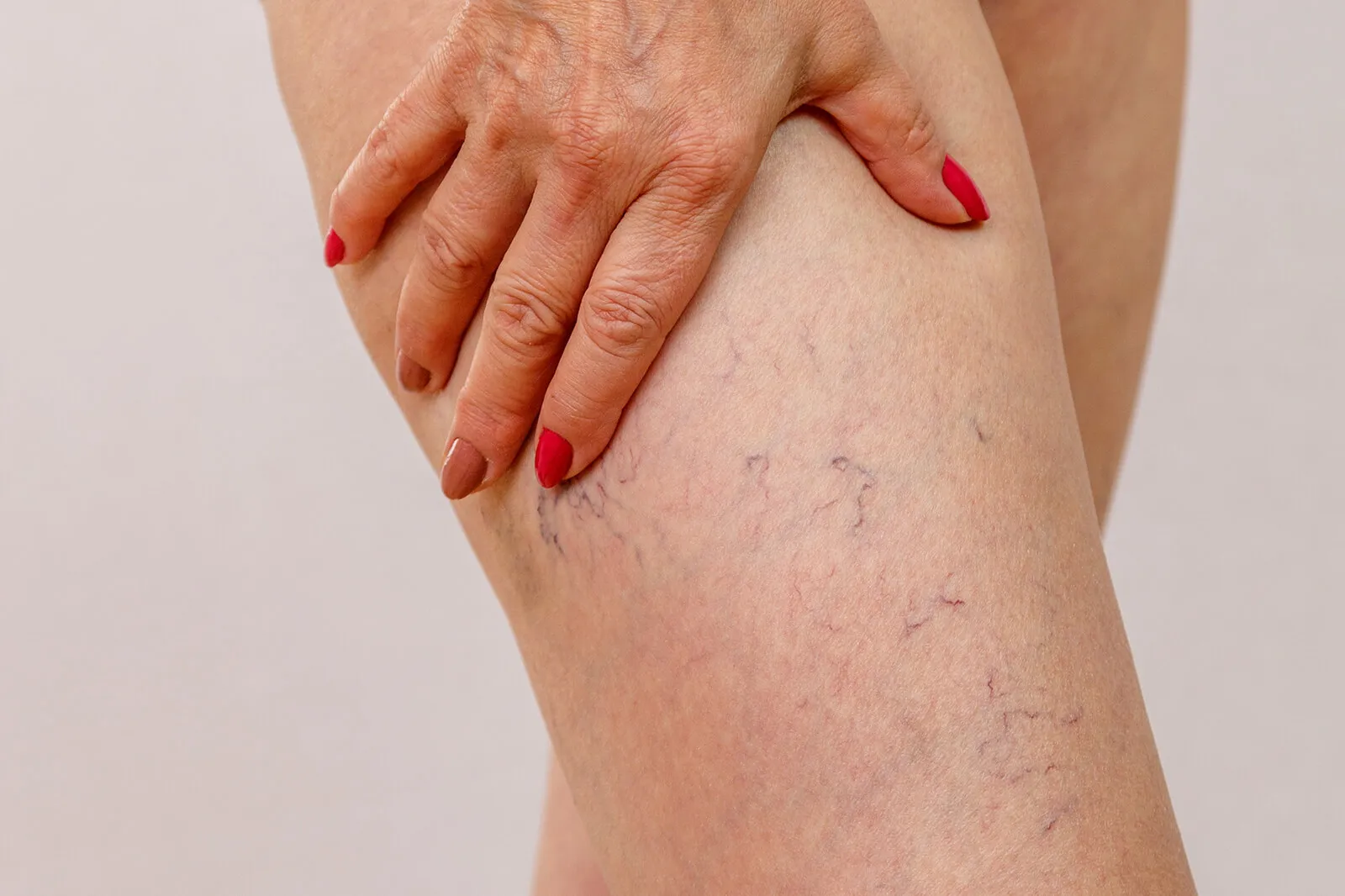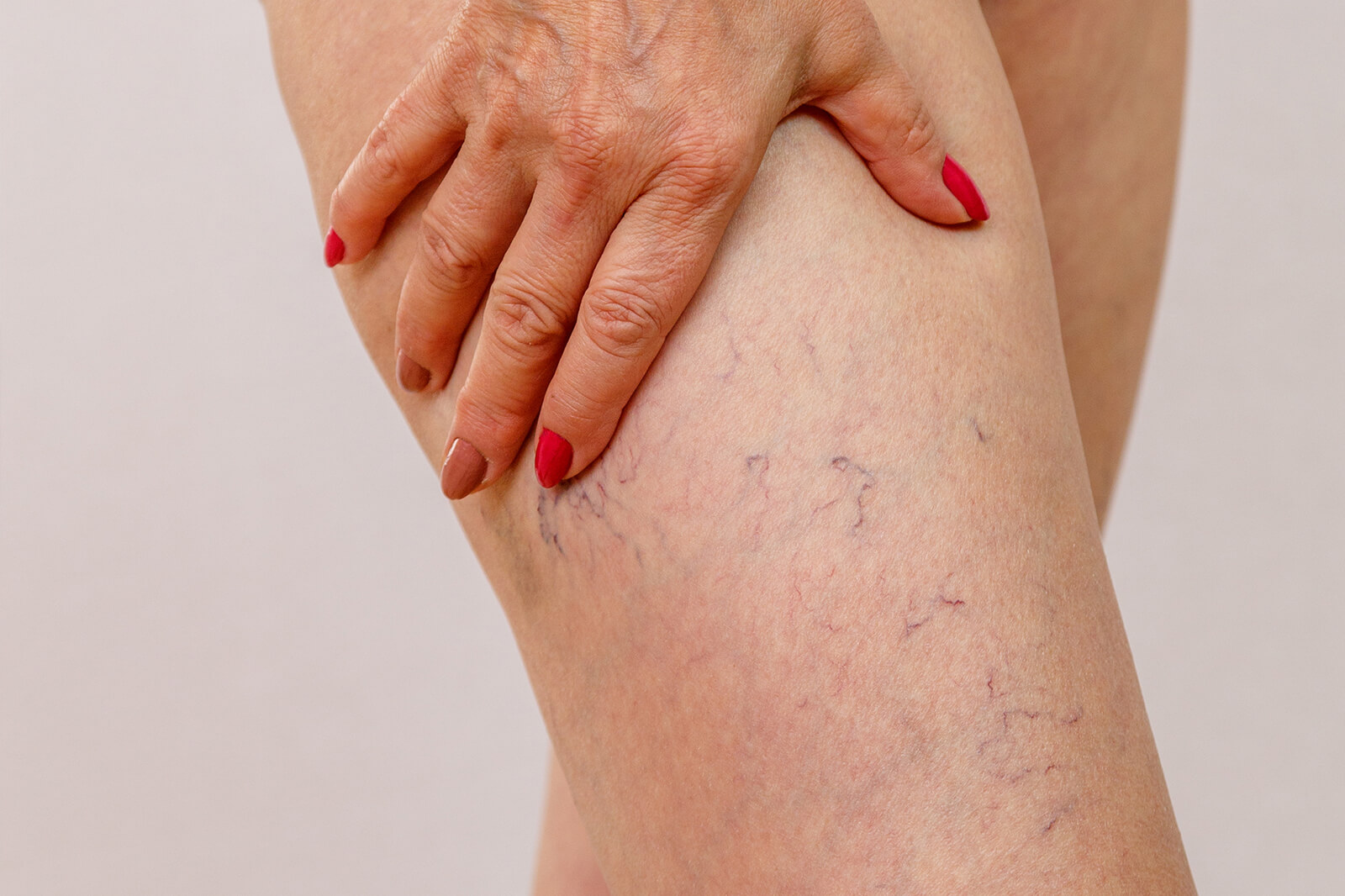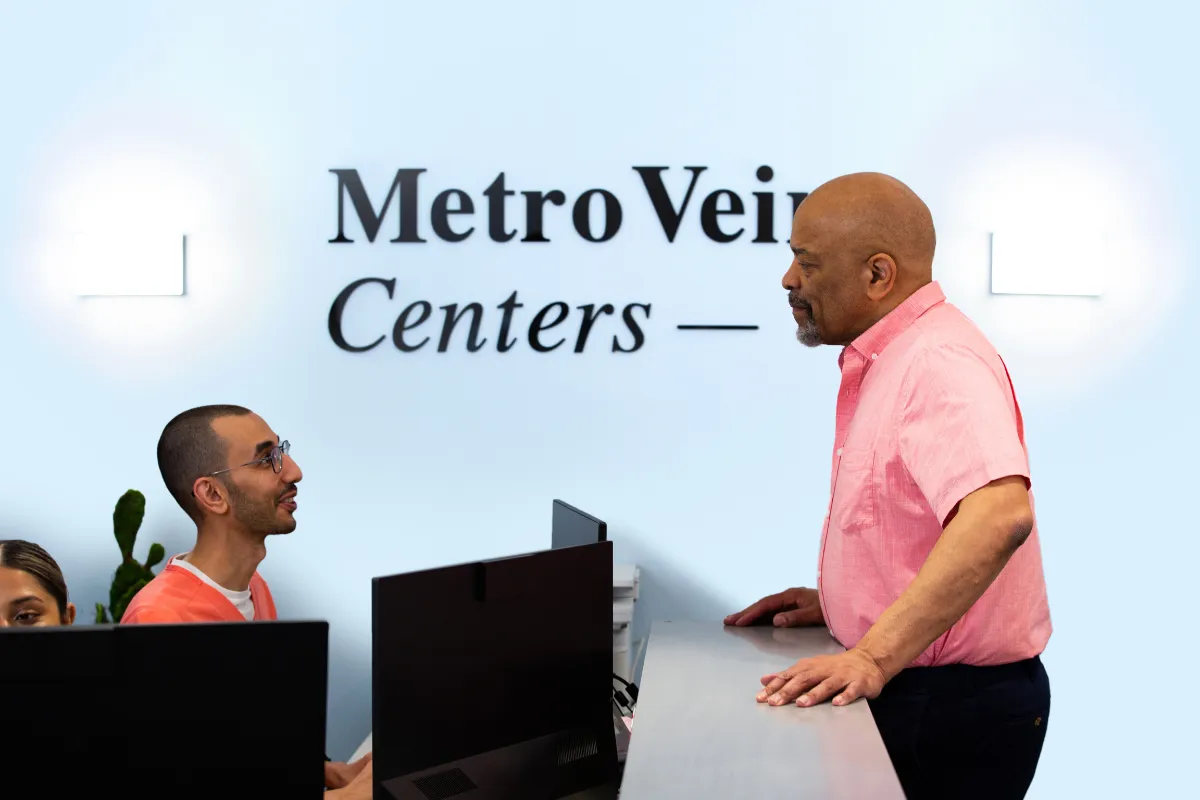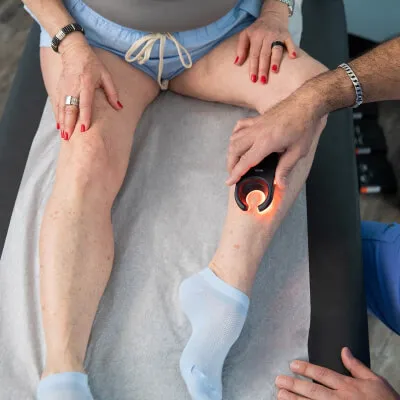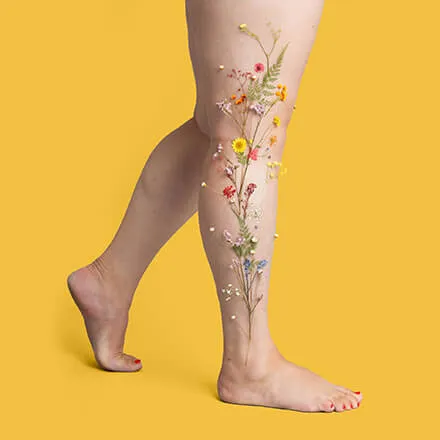Burst veins is a vein health complication that, while it may sound alarming, can be effectively managed with prompt medical evaluation and treatment. Understanding what causes burst veins and being aware of the warning signs can go a long way to protect your vascular health. Read on to learn more about the causes, risks, and available treatment options of this condition.
Key Takeaways
- Burst veins occur when weakened veins rupture.
- Lifestyle changes and medical interventions can help.
- Early detection and regular check-ups are keys to prevention.
What Are Burst Veins?
Burst veins, also known as ruptured veins, occur when the walls of a vein weaken and break, leading to bleeding. Veins can burst for a variety of reasons, but is commonly associated with varicose veins in the legs. As these veins weaken over time, they become more prone to rupture, especially under increased pressure or minor trauma.
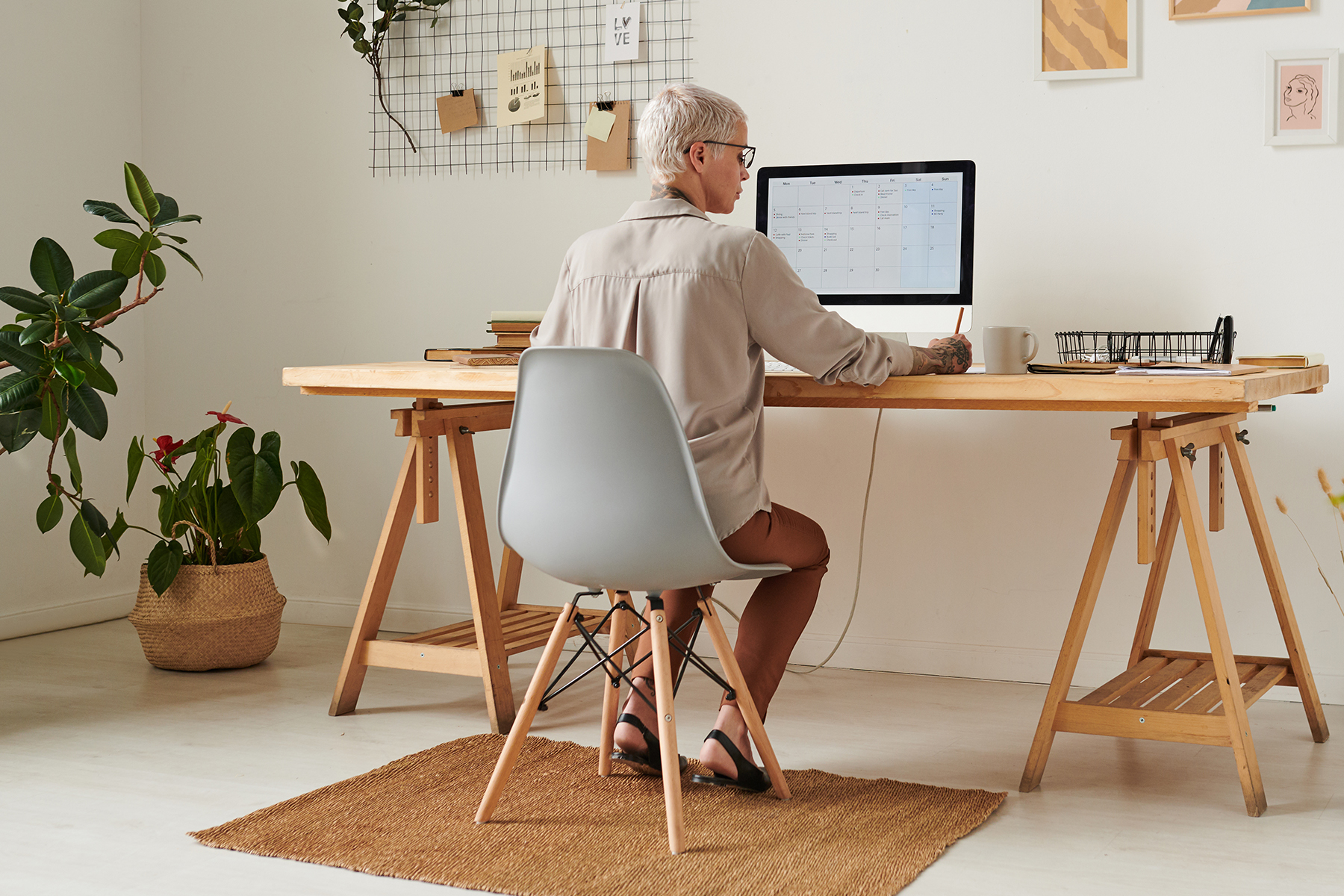
Causes and Risk Factors of Burst Veins
There are a number of risk factors can contribute to burst veins:
- Increased Venous Pressure: High pressure within the veins, often due to conditions like chronic venous insufficiency, can weaken vein walls.
- Physical Trauma: Even minor injuries or bumps can cause weakened veins to rupture.
- Spontaneous Rupture: In some cases, veins may burst without any apparent trigger.
- Age: Vein walls naturally weaken with age.
- Obesity: Excess weight puts added pressure on veins.
- Prolonged Standing or Sitting: Occupations requiring long periods of immobility.
- Underlying Vein Disease: Conditions like varicose veins and venous insufficiency cause valves to be weakened or damaged
- Pregnancy: Can lead to increased pressure on the veins that carry blood back to the heart.
- Inactivity: Prolonged periods of sitting can negatively impact circulation.
- Blood Clots: Including deep vein thrombosis (DVT) can cause increased pressure inside the veins eventually leading to breakage.
Warning Signs and Symptoms
Identifying burst veins early can prevent complications. Persistent bleeding or severe pain is a red flag and requires immediate medical attention. Other warning signs include:
- Sudden Pain: Sharp or throbbing pain or burning at the rupture site.
- Visible Bleeding: Blood seeping from the skin.
- Discoloration: Bruising or dark discoloration around the affected vein.
- Swelling: Noticeable swelling in the area.
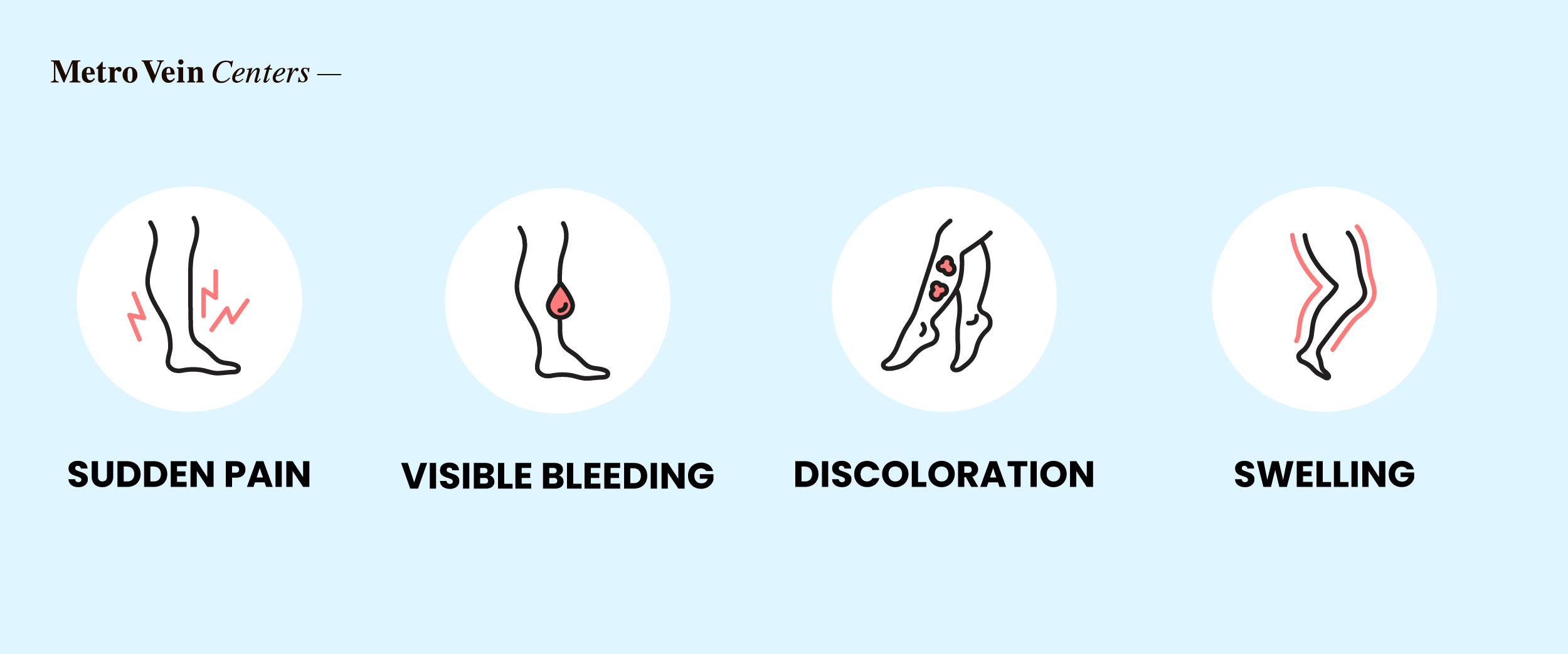
When to Seek Medical Help
While a burst vein is treatable, you should contact your healthcare provider immediately if you experience any of the following symptoms:
- Heavy or persistent bleeding.
- Increasing pain or swelling.
- Signs of infection (warmth, redness, pus).
The Diagnostic Process
An accurate diagnosis is the first step in effectively managing burst veins. Your vein specialist may perform one of the following tests to help determine the extent of vein damage and rule out complications.
- A Physical Exam: Visual inspection and palpation of the affected area.
- An Assessment of physical symptoms
- Imaging (Ultrasound, Doppler): To assess blood flow and vein structure.

Treatment Options
Treatment for burst veins depends on the severity of the rupture and range from conservative to more extensive.
Conservative Treatments
If bleeding is minor, you may be able to manage your symptoms with the following at-home measures:
- Compression therapy to support veins and reduce swelling.
- Topical care to manage bleeding and prevent infection.
- Rest and elevation of the affected limb.
- Apply gentle, consistent pressure over the vein.
- Once bleeding is under control, wrap the vein with a bandage.
Medical Interventions
Any significant bleeding caused by a burst vein will require immediate medical attention. If a varicose vein has burst, other treatments like sclerotherapy or surgery (for severe cases) may be recommended.
Management of Varicose Veins
Since having varicose veins increases your risk of developing a burst vein, managing the condition with a vein specialist is an important step in supporting your vascular health. Effective minimally-invasive treatment options for varicose veins include:

Prevention and Lifestyle Tips
With some simple lifestyle changes, you can lower your risk of burst veins. These include:
- Regular exercise to improve circulation.
- Maintaining a healthy weight to reduce vein pressure.
- Avoiding prolonged sitting or standing.
- Regular check-ups with a board-certified vein specialist for early detection.
- Medical management of varicose veins.
Conclusion
Burst veins can be effectively managed with prompt attention and the right treatment. Understanding the causes, risks, and available options empowers you to take proactive steps toward maintaining healthy veins.
Are you concerned about your risk of burst veins? Schedule a free consultation with our board-certified vein specialists today for a comprehensive evaluation and personalized treatment plan to protect your vascular health.
Frequently Asked Questions
What exactly are burst veins and how do they occur?
A burst vein is just how it sounds: a vein that has ruptured. This complication develops due to weakened walls and increased pressure inside a vein, often as a result of varicose veins.
Are burst veins dangerous, and can they lead to further complications?
Yes, when a vein ruptures, it can lead to complications like infection and bleeding.
How are burst veins diagnosed, and what tests are used?
Common steps to diagnose a burst vein include a physical exam and imaging (ultrasound, Doppler).
What treatment options are available for managing a burst vein?
Treatments range from compression therapy, topical care, sclerotherapy, and surgery (in severe cases).
Can lifestyle changes help prevent the occurrence of burst veins?
Yes, exercise, weight management, and avoiding prolonged periods of inactivity can help prevent the occurrence of burst veins.
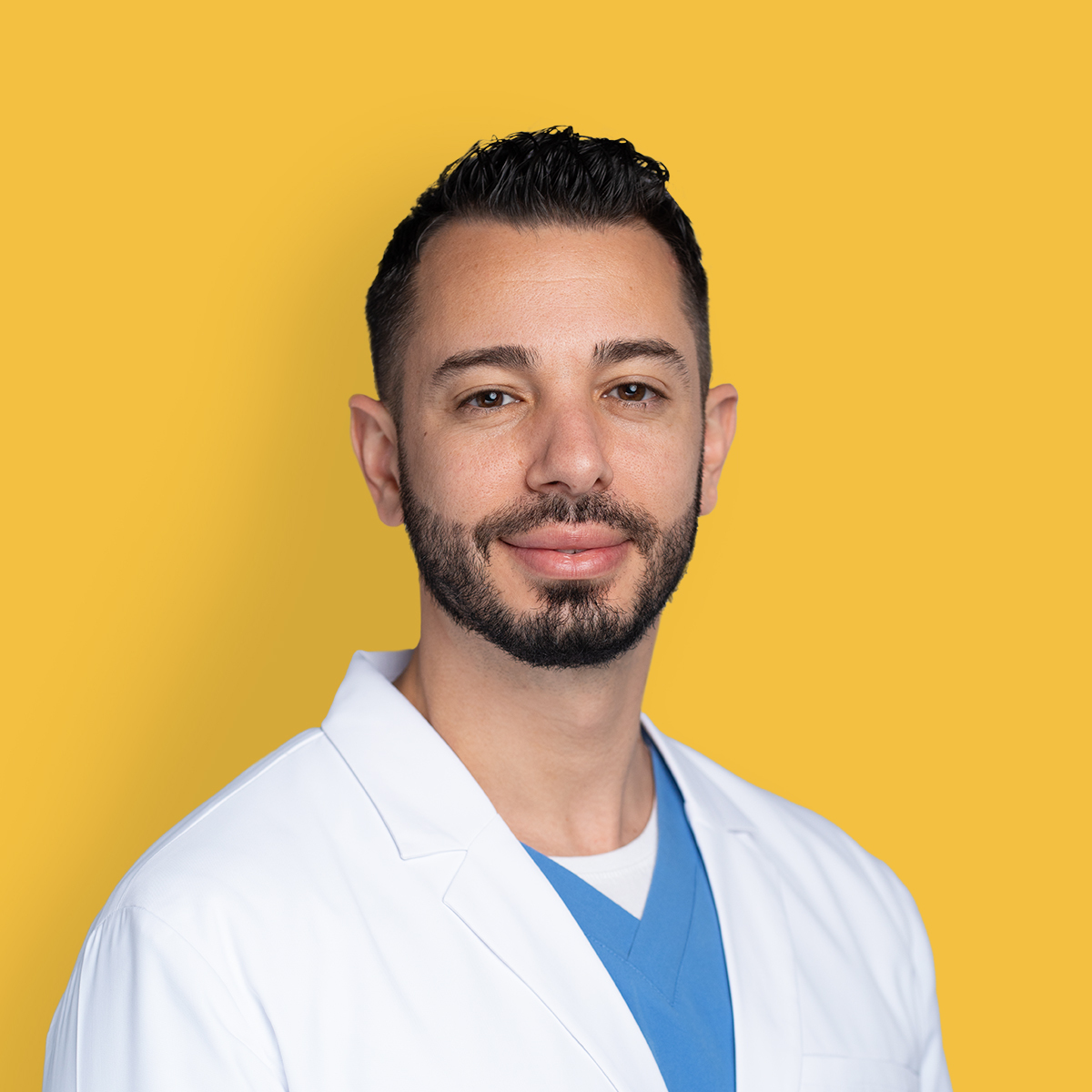
Dr. Milad Asfar
Meet Milar Asfar, DO, a highly-rated doctor specializing in the treatment of vein conditions. Schedule an appointment in MI today.
Meet Dr. Milad Asfar
Trusted insight from the nationally accredited, board-certified vein doctors at Metro Vein Centers.


